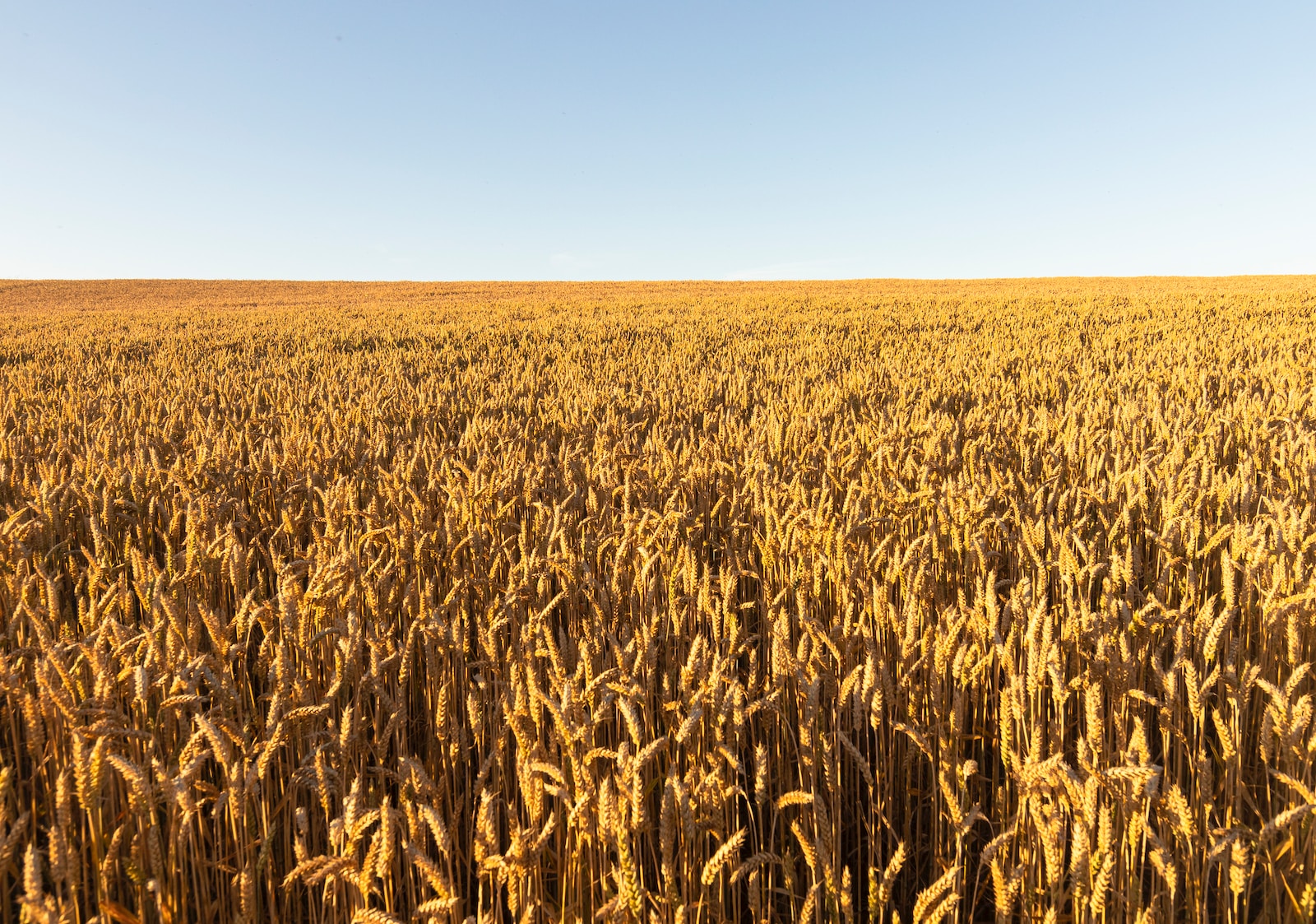- In economics, supply refers to the quantity of goods or services that producers are willing and able to offer for sale at a particular price.
- Understanding the determinants of supply is crucial for businesses, policymakers, and individuals who are involved in the market.
Features of supply:
- There is a direct relationship between price and quantity supplied
- Generally, suppliers will increase their production of goods or services when prices rise and decrease their production when prices fall.
- For example, if the price of corn increases, farmers may plant more corn to take advantage of the higher prices.
- Time is an important factor
- Suppliers need time to adjust their production levels in response to changes in price or demand.
- For example, a car manufacturer may take months to increase production in response to an increase in demand for its vehicles.
- Production costs influence supply
- The cost of producing goods or services is a major determinant of supply.
- For example, if the cost of raw materials used in the production of smartphones increases, the supply of smartphones may decrease as producers find it less profitable to produce them.
Determinants of supply:
- Factors that affect supply are also known as determinants of supply
- Understanding the determinants of supply can help individuals and businesses make informed decisions about production and pricing strategies, while policymakers can use this knowledge to shape economic policies that promote growth and stability.
- Below are some of the determinants of supply i.e. factors that influence supply and how they affect supply
- Production costs
- The cost of production, including raw materials, labour, and technology, can impact the supply of goods or services.
- For example, if the cost of labour increases, the supply of goods may decrease as producers find it less profitable to produce them.
- Technology
- Technological advancements can affect the efficiency and cost of production, leading to changes in the supply of goods or services.
- For example, the development of 3D printing technology has led to a decrease in the cost of producing certain items, increasing their supply.
- Prices of related goods
- The price of related goods, such as substitutes or complements, can impact the supply of goods or services.
- For example, if the price of beef increases, the supply of chicken may increase as consumers switch to the cheaper alternative.
- Government policies and regulations
- Government policies and regulations, such as taxes and subsidies, can impact the cost of production and therefore the supply of goods or services.
- For example, if the government imposes a tax on the production of cigarettes, the supply of cigarettes may decrease as producers find it less profitable to produce them.
- Natural disasters and weather conditions
- Natural disasters and weather conditions can impact the supply of goods or services by affecting production levels or transportation.
- For example, a drought can decrease the supply of crops, leading to higher prices for those crops.




